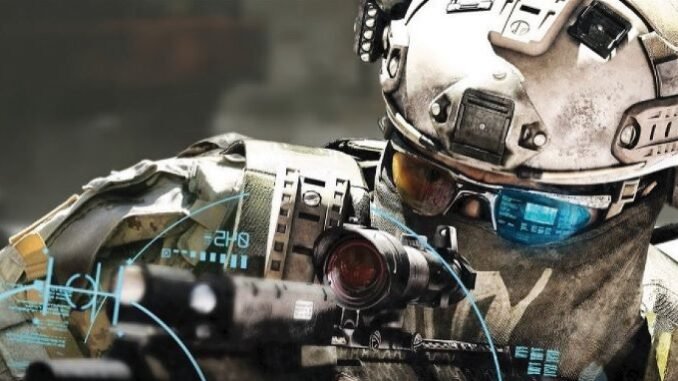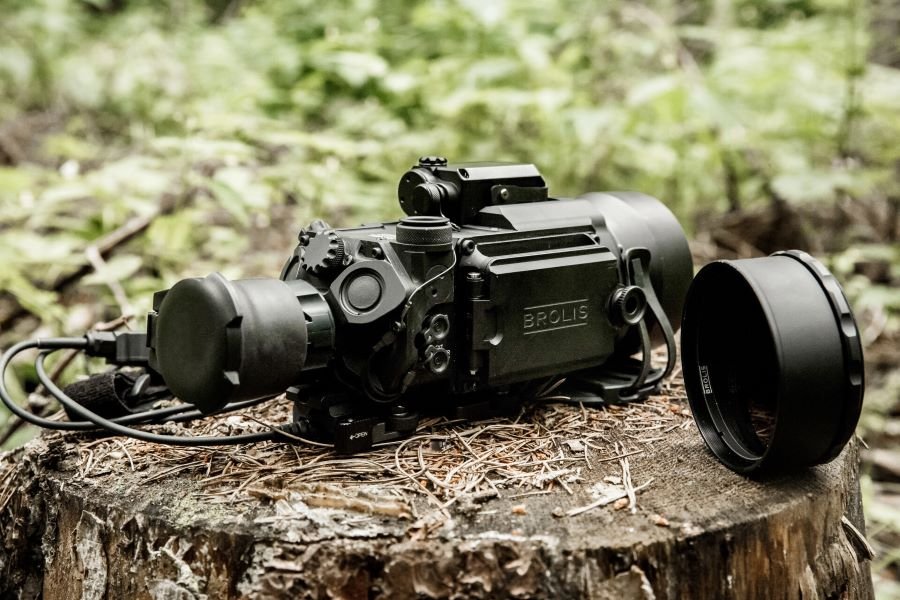
Against the background of the war in Ukraine, the national defence industry is becoming more relevant, and the possibilities of producing both dual-use and military-use-only equipment or providing military-related services in Lithuania are being discussed. Currently, there is a discussion in Lithuania about creating better or even exceptional conditions for companies that plan to develop their activities in these directions. Legal entities undertaking this activity will likely be able to rely on support, investment or co-financing programs offered by both state and private or institutional investors.
A review of investment opportunities available on the market reveals that the vast majority of programs are dedicated only to developing dual-use instruments or providing services. Under such circumstances, Lithuanian and EU decision-makers automatically define the future for industries and start-ups, in their opinion, toward a less risky area. A version of protectionism should not be ruled out either when large EU defence industry companies are being protected from competition.
Is the arms market still promising?
The arms market is rapidly expanding – the war in Ukraine, increasing defence spending by states, the geostrategic transformation of world powers, and the number of existing frozen conflicts allow us to predict that the need for weapons will only grow. Nevertheless, there is only one historical example of when companies producing military-use goods were forced to reorganize and start producing dual-use goods – at the end of the Cold War as the Soviet Union collapsed. There is no indication that anything like that could happen, even in the long term.

The effect of deterrence, state prestige and growing political influence are the side effects of the state that manufactures military equipment. The example of Israel, which specializes in producing military-use equipment and items, illustrates this perfectly.
Technologically, it is crucial to understand that combining many existing technological innovations and dual-use solutions makes discovering new innovative military solutions accessible. The time when the military industry was at the forefront of innovation was over (spin-off), so most military innovations are based on already developed civilian technologies (spin-in). Therefore, it would make sense for Lithuania, as a small and adaptive state, to take advantage of this situation and innovate in military-use technologies.
And what’s next?
It goes without saying that to operate in the global arms market, Lithuania’s ambitions must be well-measured. The offered products should be innovative, relevant for the end user, tested by the Lithuanian Armed Forces and provided at a competitive price. Under favourable circumstances, the aim should be to gain a foothold in global arms components’ supply chain and/or development chains.

At the same time, the national policy should be aimed to expand currently existing national (e.g. MilInvest), EU (e.g. European Investment Bank) or NATO (e.g. NATO Investment Fund) measures and initiatives that at this day only include the promotion of the production and development of dual-use instruments. Therefore, separate national initiatives have to be created to promote the production of items and provision of services for military purposes only, to which private or institutional investors could join.
Undoubtedly, as the regulatory environment of this sector remains essential, it should be the same or even more favourable compared to neighbouring NATO/EU countries.
Comment author. Donatas Palavenis, a researcher fellow at the Baltic Institute of Advanced Technology (BPTI).

Be the first to comment